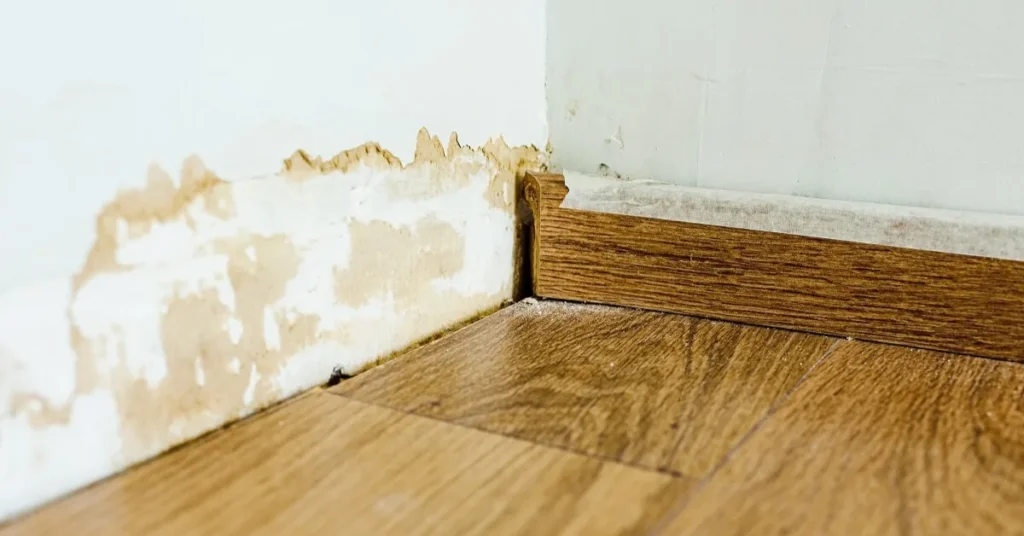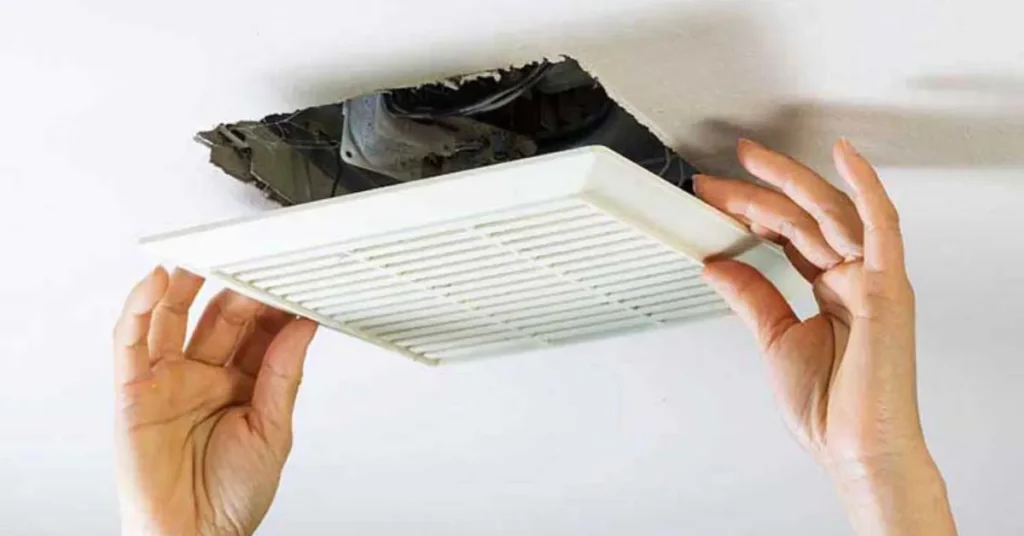Ensuring that your home has the proper humidity level is essential to protect your comfort and home. If you’ve ever felt sticky in your own home, noticed condensation on windows, or mold in the bathroom, the issue is high indoor humidity. Learning how to lower humidity in house environments: it’s important for air quality, safety, and long-term integrity of your building, and even your health. In this guide, we will cover everything you need to know about how to reduce humidity in a house effectively.
Why High Humidity Is a Problem
Before we know about reducing humidity levels in our house, let’s first understand why excess moisture is more than just a mere annoyance. Both your health and your home’s structure can suffer from high indoor humidity. On the other hand, detecting and solving high humidity issues at the early stage can stop these problems before they worsen.
Signs Your Home Has Excessive Humidity
High humidity isn’t always noticeable, so here are warning signs you shouldn’t ignore:
- Fogged windows and visible condensation
- Musty odors in certain rooms
- Wet marks on walls and ceilings
- Mold or mildew on surfaces
- Peeling wallpaper or paint
- Sticky or clammy feeling air
If these signs are present, there is are chance that your home is overly laden with moisture.
Health Risks of High Humidity (Mold, Allergies, etc.)
Humid air can cause a host of health issues:
- Molds and mildews that trigger asthma and allergies
- Dust mites are commonly found in moist surroundings
- Elevated susceptibility to respiratory infections
- Irritated skin and eyes
However, keeping the environment at the right humidity level will greatly minimize these risks.
How High Humidity Damages Your Home (Wood Rot, Peeling Paint, etc.)

Moisture isn’t just bad for your health — it’s bad for your home:
- Warped wooden floors and furnishings
- Decaying window frames and doors
- Chipped paint, bubbling wallpaper
- Corrosion on metal fixtures
- Cracking foundation and basement injury
Controlling humidity will help protect your largest investment, your home.
Quick Fixes to Reduce Humidity Immediately
If you’re dealing with moisture problems and need to lower humidity in your home quickly, there are a few quick measures you can take. The following are not long-term solutions, but they can help reduce the humidity in your home effectively.
Use a Dehumidifier (Best Settings & Placement Tips)
One easy way to reduce moisture inside your home is to use a dehumidifier.
Tips:
- Keep it at 40–50% relative humidity.
- Place in high-humidity areas, like basements or bathrooms.
- Close doors and windows during use.
This tool is highly effective in controlling humidity in the entire house.
Improve Ventilation (Bathrooms, Kitchen, Laundry)
Proper airflow is essential to reduce humidity, particularly in damp zones.
Quick actions:
- Keep laundry room doors open during drying.
- Open windows when cooking or using hot water.
- Add vents if the space feels stale or damp
Run Exhaust Fans & Open Windows with Strategy
When weather allows, exhaust fans pull humid air out and bring in drier air.
- Run fans during and after cooking, showering, or laundry.
- On dry, breezy days, open windows for natural ventilation.
- Don’t open windows when it’s humid out, since that can make matters worse.
Long-Term Solutions to Lower Humidity
Quick fixes may help, but real control of humidity is best obtained by more aggressive, long-term methods. These steps address issues the excess humidity, resulting in year-round, reliable moisture management.
Repair Leaks & Seal Cracks (Plumbing, Windows, Basement)
Water leaks also lead to high levels of humidity as well as an increase in mold and mildew.
To address it:
- Fix leaky faucets and pipes.
- Reseal basement walls using waterproofing paint.
- Install weather stripping around windows and doors.
Install a Whole-House Dehumidifier or HVAC Upgrade
Consider long-term solutions if humidity is an issue year-round.
- Whole-house dehumidifiers integrate with an HVAC system.
- Upgrading AC systems with humidity control offers dual benefits.
- Programmable thermostats can help monitor and control levels.
Moisture-Absorbing Plants & Natural Remedies
Some houseplants can even absorb moisture while purifying air:
- Boston Fern, Peace Lily , and English Ivy
- Charcoal, rock salt, or silica gel in closets and drawers
- Place bowls of baking soda in small, tight rooms
Common Mistakes When Trying to Lower Humidity
Moisture management methods are not equally effective. Many homeowners make mistakes that worsen the situation. From over-relying on air conditioning to overlooking hidden sources of humidity, knowing what not to do is as important as knowing what to do.
Overusing Air Conditioning vs. Proper Dehumidification
AC systems do remove some moisture, but they’re not a solution to target specific humidity control.
- AC may cool the room , but it leaves behind dampness.
- Dehumidifiers directly remove water from the air.
Ignoring Hidden Moisture Sources (Crawl Spaces, Laundry)
There are hidden sources of moisture that we tend to ignore.
- Unprotected crawl spaces allow for in-ground moisture.
- Indoor clothes drying can introduce gallons of water into the air.
Why DIY Fixes Sometimes Fail
Quick fixes can take you so far if you don’t address the underlying causes.
- Sealing And Taping Over Cracks
- Running fans without ventilation
- Choosing way too small dehumidifiers for the large space
Room-by-Room Humidity Control Tips
Every part of your home has its own moisture challenges. Bathrooms, kitchens, basements, and attics each need carefully considered strategies to manage moisture effectively. You can reduce humidity in the home for each room with a set of practical steps for each space. Small adjustments to DiY Habits can make a large difference in indoor humidity.
How to Lower Humidity in a Bathroom (Shower Hacks)

- Run exhaust fans for at least 20 minutes after showering
- Leave doors open and allow steam to escape.
- Wipe tiles and mirrors dry to avoid the buildup of moisture
Keeping the Kitchen Dry (Cooking & Dishwasher Tips)
- Cover pots when boiling water
- Operate range hoods and exhaust fans when cooking
- Avoid letting the dishwasher sit closed after a cycle—let it air dry
Basement & Attic Humidity Solutions
These are the places where humidity is most likely to collect.
- Install a sump pump and a vapor barrier in the basement
- Increase your attic insulation and venting with ridge or gable vents
- If necessary, run a separate dehumidifier in these rooms
When to Call a Professional
If you can’t figure out how to remove humidity from a room, it might be time to bring in a professional. Specialists can identify concealed moisture sources, provide custom-made solutions, and install commercial-grade systems that provide long-lasting results.
Signs You Need a Humidity Control Expert
So if you’re struggling with these issues despite your best efforts, it’s time to get help:
- Return of visible mold after cleaning
- Dampness readings that are always over 60%
- Pooling of water basement or around the foundation
How Professionals Diagnose & Fix Chronic Humidity Issues
- Identify hidden leaks
- Analyze ventilation problems
- Suggest and set up a commercial-grade solution
Cost of Professional Humidity Solutions
The cost of professional dehumidification or waterproofing services is as follows:
- In-home inspection: $100–$300
- Whole-house dehumidifier: $1,500–$3,500 installed
- Basement waterproofing: $2,000 to $10,000 (based on severity)
Conclusion
Learning how to reduce humidity levels in your house can save your health, preserve your belongings, and make your life more comfortable. When it comes to fighting damp in a single or entire room in your home, these strategies will certainly help. Small changes can improve ventilation, plugging leaks, running a dehumidifier, can garner you peace of mind, not to mention a drier, healthier home in the short term, while you phase in longer-term upgrades. You can enjoy a more comfortable living throughout the year.
FAQs :
Experts recommend keeping indoor humidity between 30% and 50% for comfort and health.
Yes. Humidity lower than 30% leads to dry skin, static electricity, and wood furniture or floors that crack.
Some plants increase humidity by transpiring, while others absorb moisture. Choose moisture-absorbing plants if you’re dealing with damp air.


















